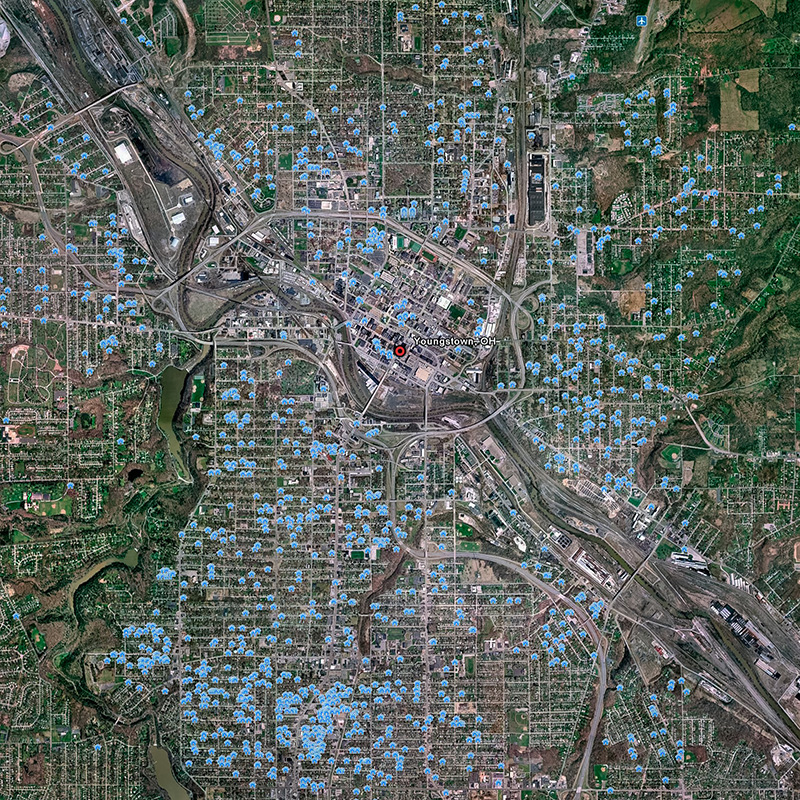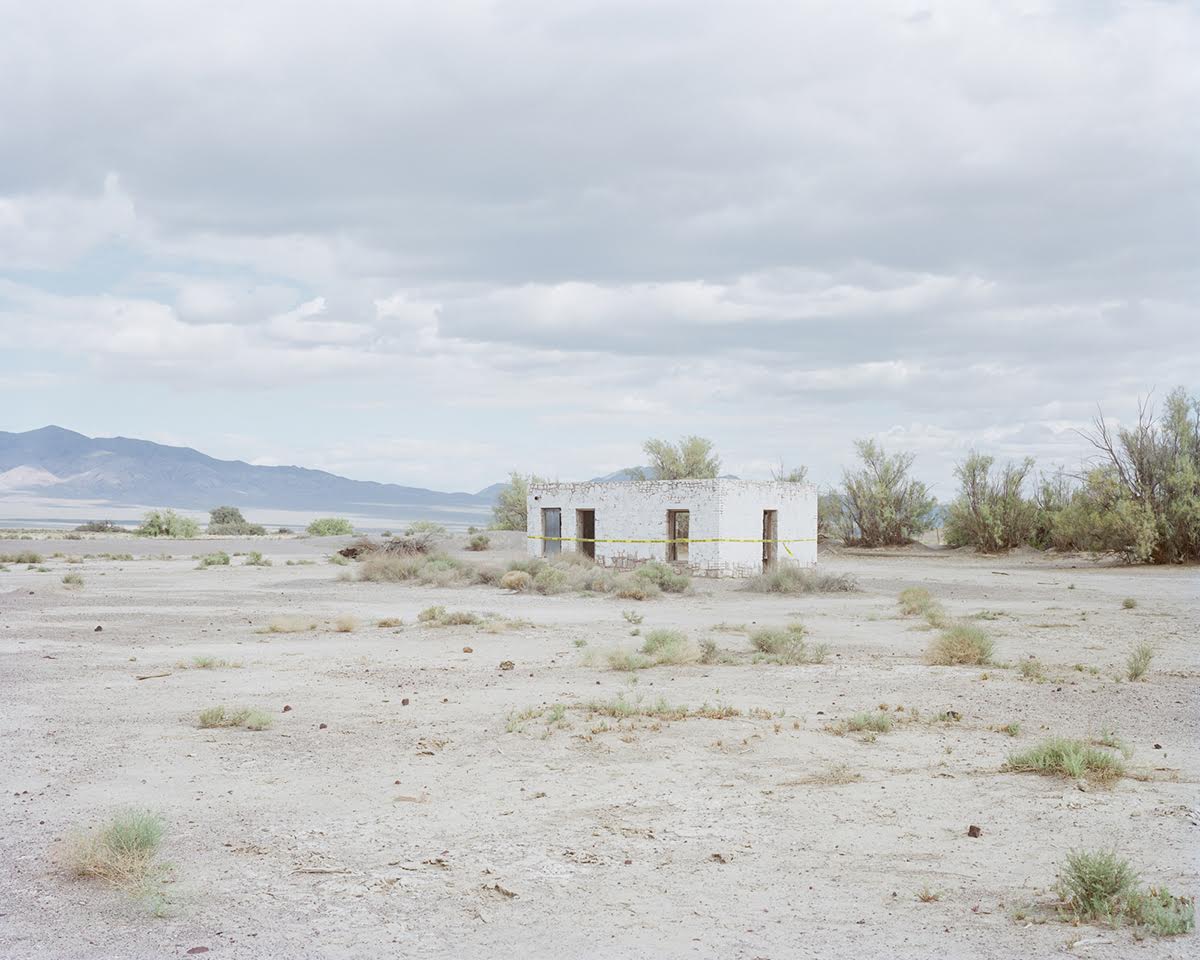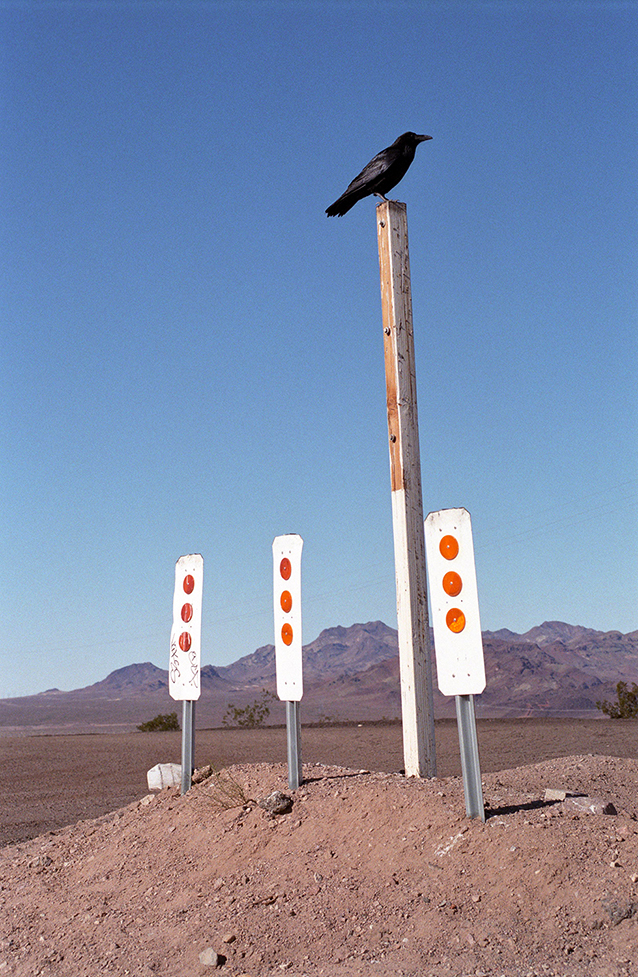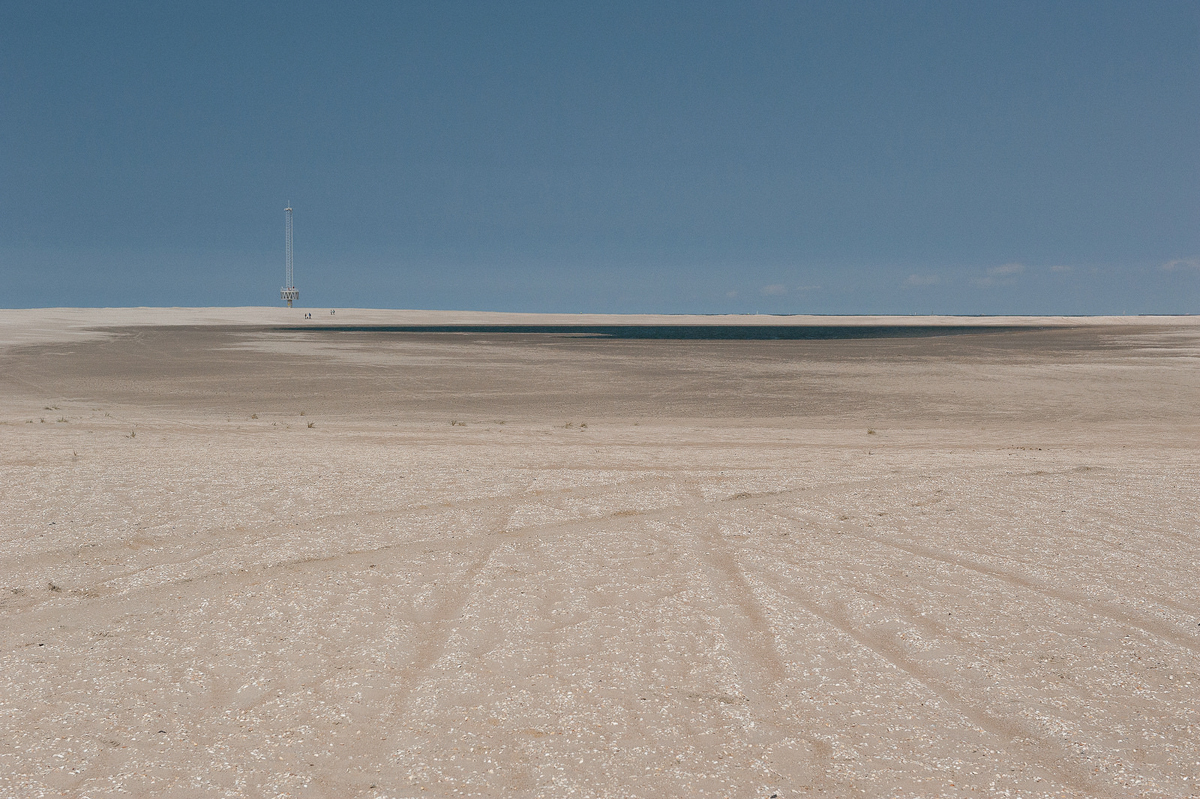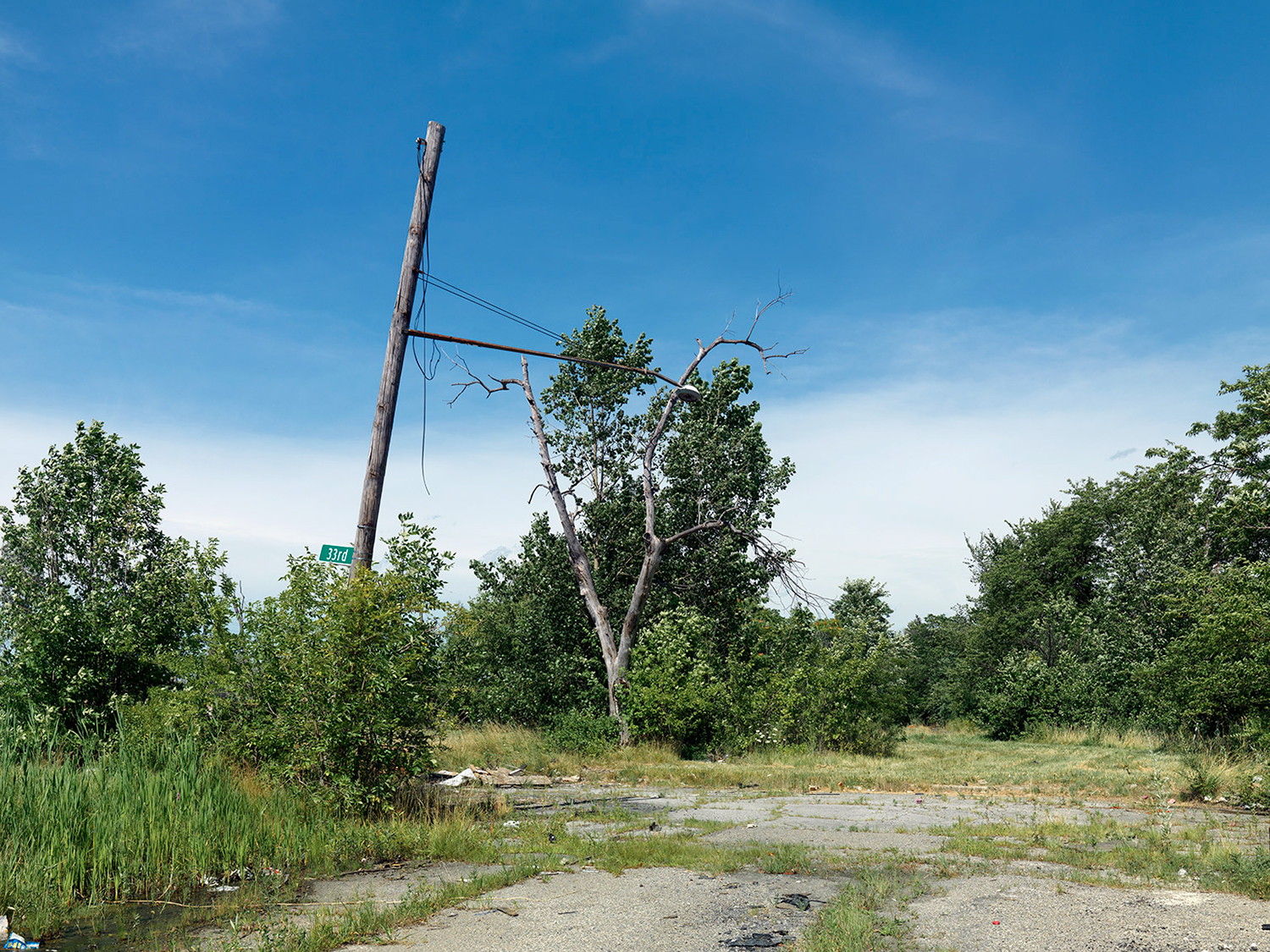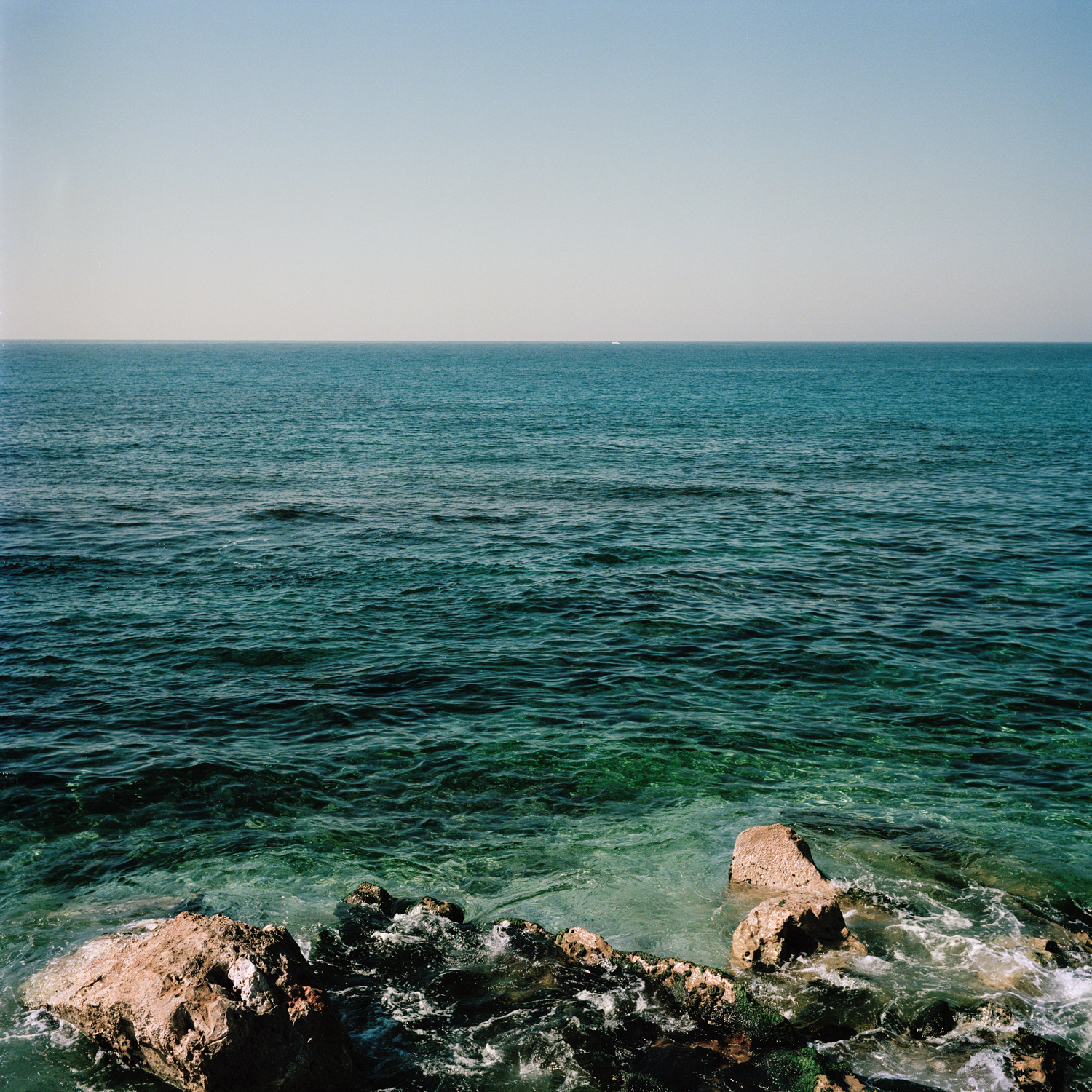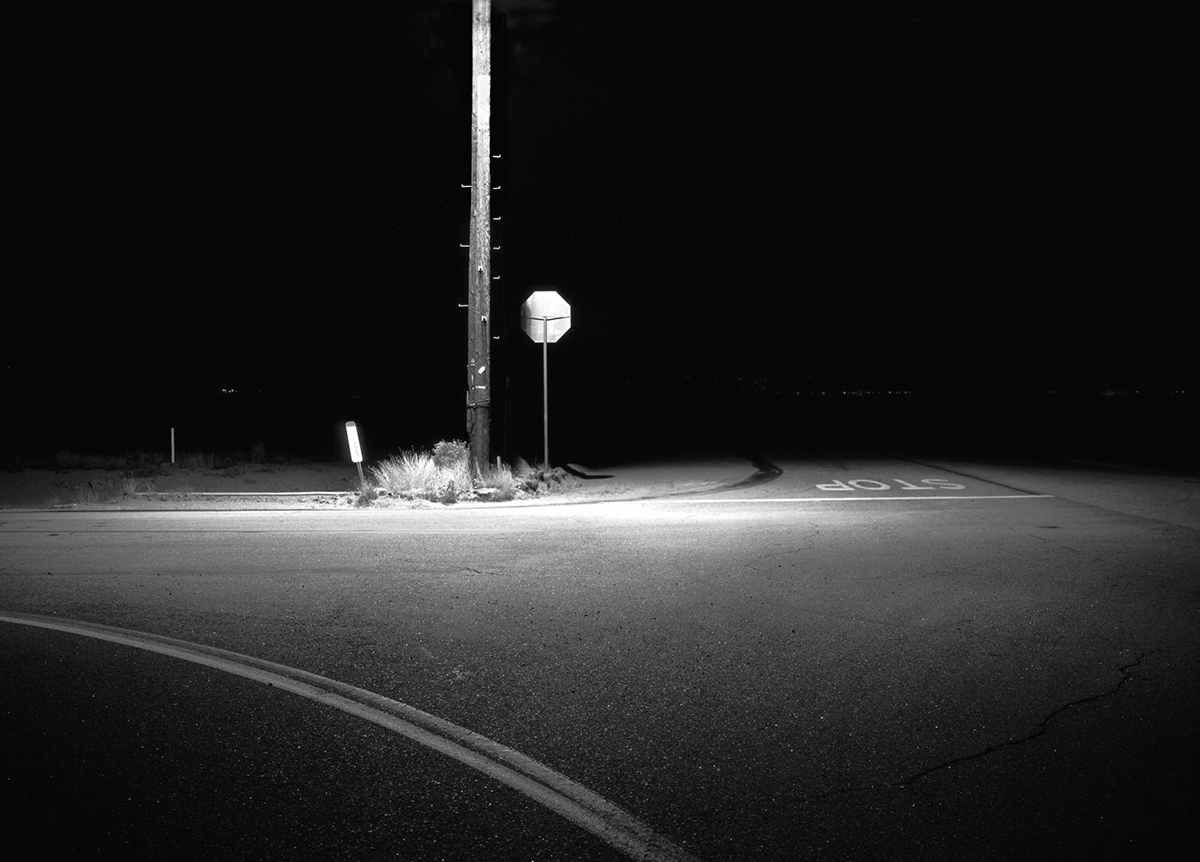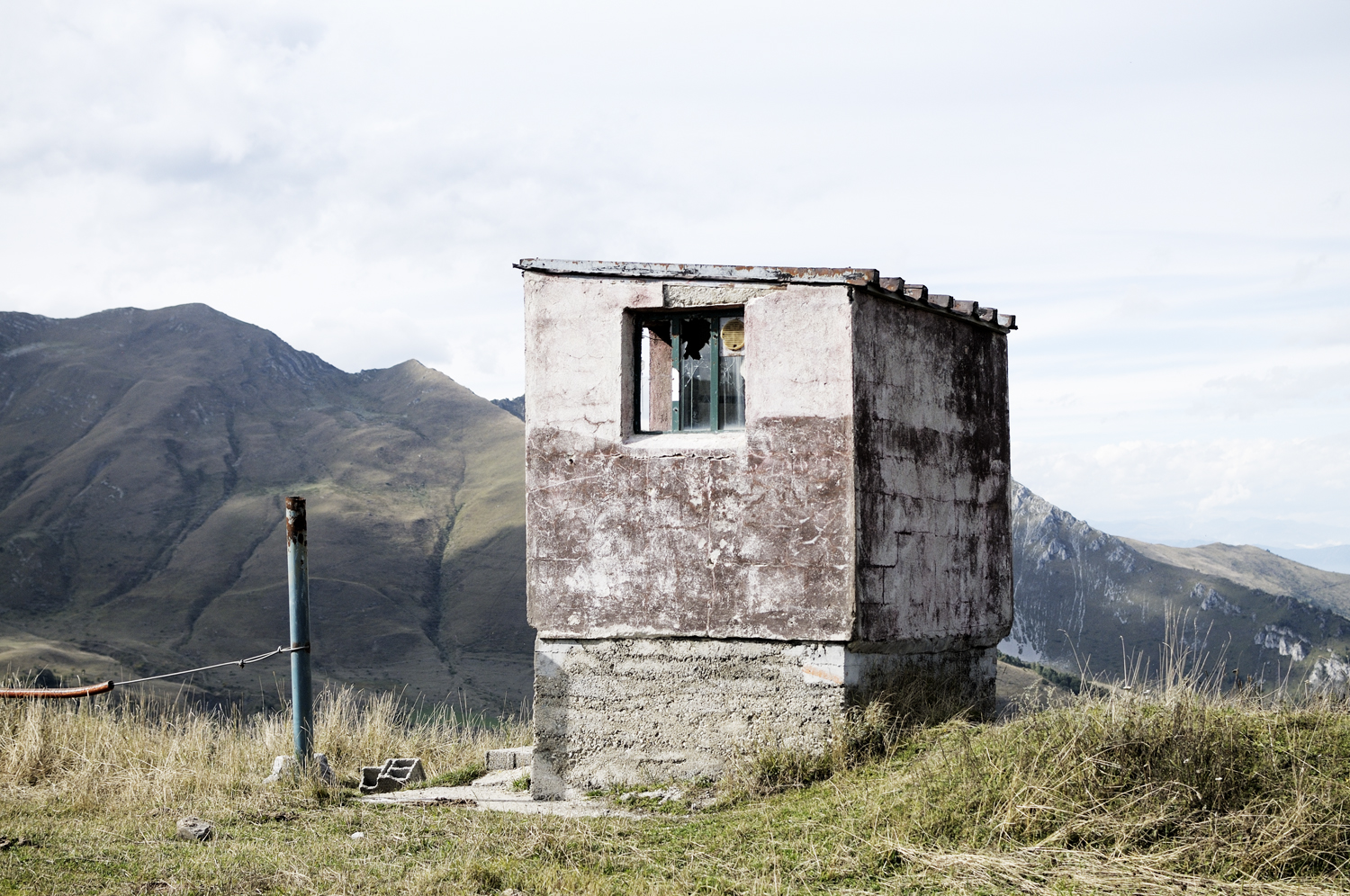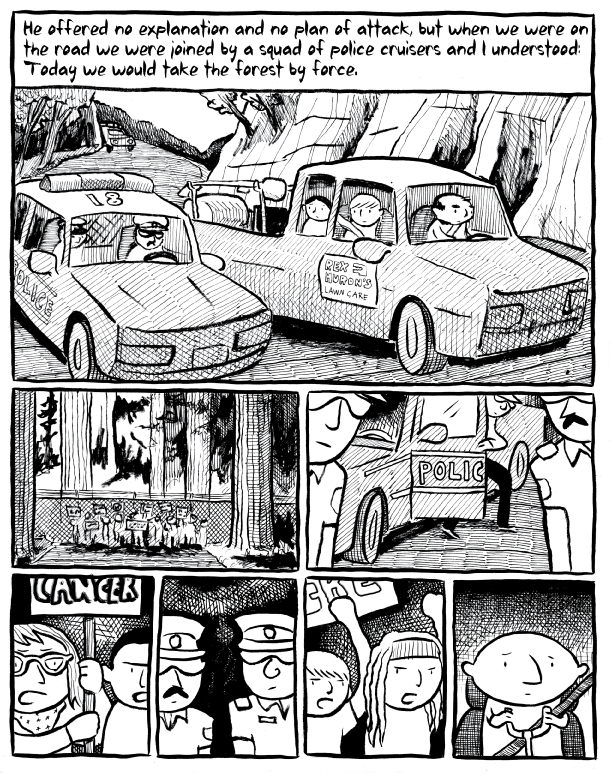Written by: Ryan Nemeth
The world over, utility poles remain a stark reminder of human intervention in landscape. However imposing these objects might be, utility lines and poles serve as perfect rectilinear shapes helping photographers to create dialogues and conversation within the square frame of a camera viewfinder. Thus, these ubiquitous grid objects often aid in the creation of line, form, and geometrical shape and expression. Beyond aspects of image composition, the sheer volume of poles and lines dotting the landscape reveals why they are such a huge component of landscape photography. In the United States alone, there are an estimated 130-180 million telephone poles currently in service. Per capita, this translates to an estimated two utility poles per person, now that is some wood! This seems like a staggering figure, however, this number represents a mere fraction of the billions of wood utility poles employed globally. So how much wood, would a woodchuck chuck, if a woodchuck could chuck wood? The answer, many tons! Being that the utility pole is a key element of our grid, it is interesting to explore the evolution and modern relevance of this object in our landscape.
In 1843, the United States Congress granted Samuel Morse $30,000 to build a 40-mile demonstration telegraph line between Baltimore, Maryland and Washington, D.C. Morse’s initial plan was to lay underground wires and he solicited services from Ezra Cornell, the inventor of the trench digger. Morse and crew laid seven miles of lead sheathed cable underground, they tested the results, and discovered so many faults that he quickly aborted efforts to bury cables. Morse’s contingent plan was to switch to above ground transmission poles. On February 7, 1844, Morse inserted the following advertisement in the Washington newspaper, "Sealed proposals will be received by the undersigned for furnishing 700 straight and sound chestnut posts with the bark on and of the following dimensions to wit. Each post must not be less than eight inches in diameter at the butt and tapering to five or six inches at the top. Six hundred and eighty of said posts to be 24 feet in length, and 20 of them 30 feet in length.” Thus, the invention of the telegraph and Morse’s subsequent selection of a dominant utility transmission mode forever changed the look of our global landscape.
As it turns out, the wood utility pole was just what the telegraph industry ordered in the mid-1800s. Aerial transmission of telegraph lines via wood poles enabled system wide stability. Beyond this, our already productive lumber mills were ready and able to deliver cost efficient wood poles throughout the country to a newly burgeoning communications industry. It should also be noted that our increasing demand for power, the costs of competing utility delivery methods, and the durability of wood poles are all factors that have keep much of our traditional above ground communications infrastructure intact for more than a century and a half. However, above ground transmission methods (poles), like any, come with costs. One of the indirect costs that is frequently omitted from the conversation about alternative transmission methods is visual pollution.
One hundred and seventy five years later, maybe it is time that we consider rethinking industrial era transmission methods for our communications and utility infrastructure? As early as 1870, Germany was able to troubleshoot many of Morse’s initial issues with buried transmission lines. However, economics have largely prohibited wide-scale industry change. One problem remains, the costs of constructing electric utility lines underground far exceeds the costs of constructing comparable overhead lines using wood poles. In fact, the cheapest underground construction under ideal conditions may be about two times as expensive as overhead lines. Typical costs to construct underground systems may run from about $1 million per mile to over $3 million per mile. Notably, expenses are also substantially more in difficult, rocky, or swampy terrain. Furthermore, underground joint use services such as cable or telephone may add as much 30% to these installation costs. Although buried cables come at a premium price, there are many real and long-term benefits associated with underground utility transmissions. Could you imagine what our landscape and cities might look like without utility poles and lines intervening in the land?
Interestingly, resistance to overhead lines is increasing in many countries driven by urbanization concerns. Countries like the Netherlands and Germany are setting pace with substantial efforts to move their transmission lines underground. In fact, rising global and regional electricity consumption is speeding the need for investment in expanded or upgraded utility networks. Many utilities are finding the need to connect renewable energy sources, which are often located long distances from power demand centers. Because of this distance, companies must pay heed to carbon footprints by minimizing losses during power transportation; underground transmission helps to mitigate transmission loss! For this reason and more, underground transmission is becoming a viable and considered economic option. Many additional factors are also converging to create an ideal opportunity for underground power line conversion in the utility industry. These factors include:
- General aging grid infrastructure that is lagging relative to societal demands of the 21st century.
- The vulnerability of our grid infrastructure to terrorism threats.
- Meteorological predictions for a greater magnitude of storms in our nation's future; foreshadowing increased power outages.
- Widespread power outages associated with inclement weather that cascade into economic, safety, and quality-of-life issues.
- Renewable energy technology is showing resurgence in the form of micro-grid applications on DoD installations. These micro systems provide grid security and reliability.
- The visual appeal of a landscape with less utility lines.
- Removal of roadside hazards.
References
- http://info.aldensys.com/joint-use/the-wonderful-wood-utility-pole-history-and-benefits
- http://travel.thefuntimesguide.com/2014/05/utility-poles.php
- http://www.woodpoles.org/FAQ.html
- http://www.history.com/this-day-in-history/western-union-completes-the-first-transcontinental-telegraph-line
- https://en.wikipedia.org/wiki/Utility_pole
- https://en.wikipedia.org/wiki/Undergrounding
- http://historywired.si.edu/detail.cfm?ID=324
- http://www.elp.com/articles/powergrid_international/print/volume-16/issue-10/features/going-underground-european-transmission-practices.html
- http://www.energycentral.com/gridtandd/gridoperations/articles/2601/
- http://www.hrc.utexas.edu/exhibitions/permanent/firstphotograph/

